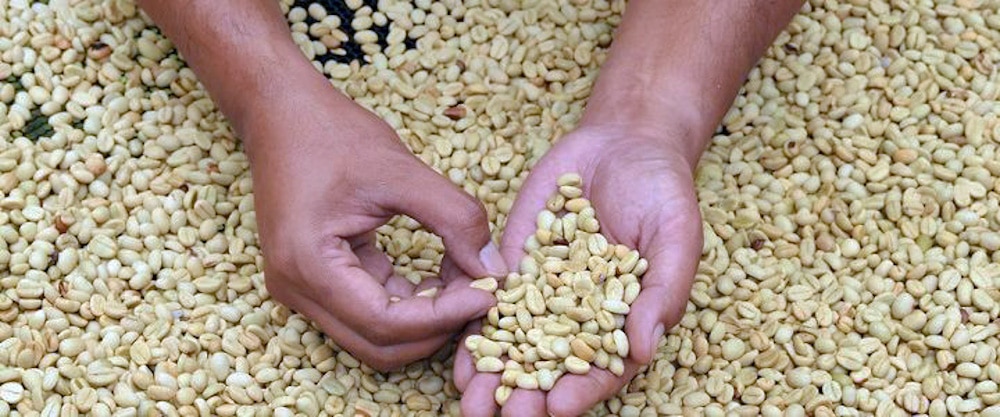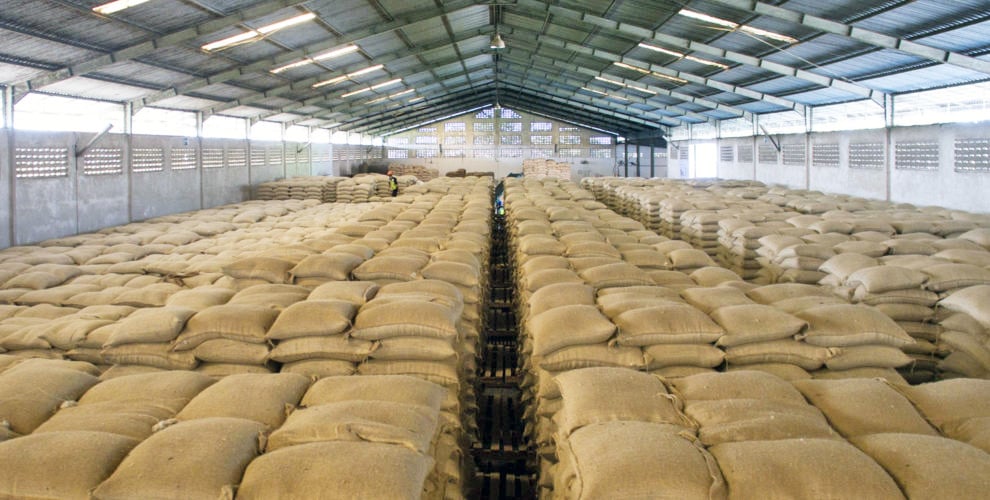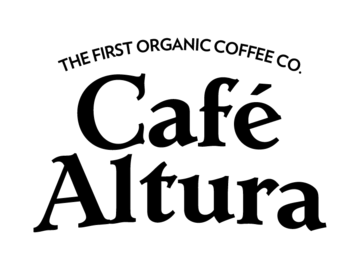
The Coffee Buying Process
In previous blog posts, I have spent a good amount of time explaining Café Altura’s green coffee scoring system, as well as some of the physical characteristics of a coffee we consider while evaluating it for purchase. Today, I’m going to dig a little bit deeper into these topics and give you a direct window into the way we buy green coffee at Café Altura. I will do so by first outlining our product set and explaining how it dictates our green coffee needs, and then dive into the specific mechanics of how we select coffees to fit that set. My hope, as always, is that this insight into our behind-the-scenes processes will help you enjoy the tasty coffee in your cup a little more.
Our Products
In the early days of Café Altura, we offered only three products; Regular Roast, Dark Roast, and French Roast. All were composed of the same green coffee, biodynamically grown on Finca Irlanda in Chiapas, Mexico (the story of this coffee is detailed here : Ojai Roots & The Early Days and Trials of Cafe Altura), and differed only in their roast intensity, getting progressively darker with the movement from Regular to French. Because this was the early 80s, when coffee was still a largely undifferentiated commodity in the eyes of consumers, this was a robust product set; by acquainting themselves with roast level parlance which would eventually become nearly ubiquitous in the coffee industry, customers could tailor their coffee purchase to suit their taste needs.
As the years wore on, however, consumers became more and more aware of the ways in which coffees can differ based on both their country of origin and roasting style, which led to a demand for greater product diversity. Because of this growing demand, Café Altura added numerous products, ranging from delicate Ethiopian single-origin coffees to hefty, roast-forward blends like our Espresso. An increase in the number of our offered products naturally brought with it an increase in the complexity of our green buying; long gone are the days of one green coffee roasted three different ways.
Today, we have at least 10-15 green coffees on hand at any given time, and we split them into a few different groups for the sake of convenience. The coffees we buy the most are what we call internally our principal coffees. These coffees vary seasonally to prioritize freshness, and thus hail from Mexico in the summer and fall, and Peru in the winter and spring. We use these coffees for all of flagship products (Regular, Dark, and French), and as a base for many of our blends. These are the only coffees we purchase in full container volumes (30,000 lbs at a time), and we go through a container about every 2-3 months.
The second major group of coffees are our single origin coffees. These coffees are a little more specialized than our principal coffees, and hail from every major coffee growing region in the world. We buy these coffees in much smaller volumes then our principal coffees as well, usually no more than a few thousand pounds at a time. Single-origin coffees are usually of slightly higher quality than our principal coffees, and thus cost more to reflect that. As such, we often use these coffees in our blends to help the flavor profile pack a little heftier of a punch. Our single-origin offerings also include our Fair-Trade and Biodynamic coffees.
The final group of coffees we purchase are our decaffeinated coffees. We over several different decaf selections, all using the Mountain Water Decaffeination process, as we find the flavor results of this process to be especially tasty.

Coffee Warehouse
Coffee Selection
Now that I’ve outlined our product set and general green coffee categories, I will move onto framing how we select specific coffees to fit each of these roles. First, our primary coffees.
Our primary coffees are sourced by our import partner, Royal Coffee of Emeryville, CA. Because of the large volume we buy these coffees in, we purchase coffee futures contracts based on the trading price of coffee on the commodities exchange, and Royal in turn fills these contracts with coffee which meets our quality standards. We have a sufficiently developed relationship with Royal that we trust them implicitly to source these coffees for us, merely confirming their quality upon their arrival in our warehouse. The selection process for these coffees is more akin to quality control than anything else; we merely verify the great work Royal does to give us tasty coffee at a competitive price.
Our single origin coffees are selected through a slightly more intentional and intensive process. Through conversations with our account manager at Royal over the years, we have developed some guidelines as to the types of coffee we require to maintain our quality standards. When are looking to purchase a single origin coffee, our account manager uses our guidelines to find coffee which meets our quality needs, which we verify when the coffee arrives at our warehouse. This system functions well for our small organization, as it removes the pressure of having to sample multiple coffees every time we need to make a purchase, but also allows us to be intentional about the green we purchase as a result of our dialogue with Royal.
Our decaffeinated coffees are purchased through much the same means as our single origins; that is, through outlining our quality standards and dialoging with Royal.
This sums up our green coffee purchasing methodology. I hope this insight into our processes has proven interesting. Until next time.
Article By : Bret Colman, Director of Coffee / Head Roaster, Cafe Altura Organic Coffee
